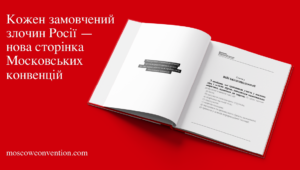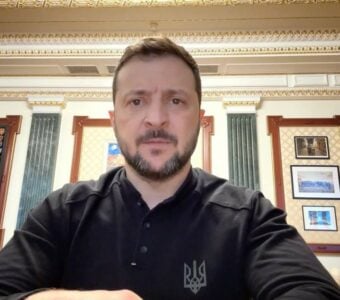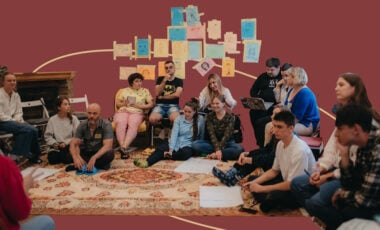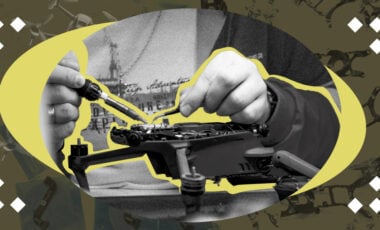Ukraine, world honoring memory Holodomor victims
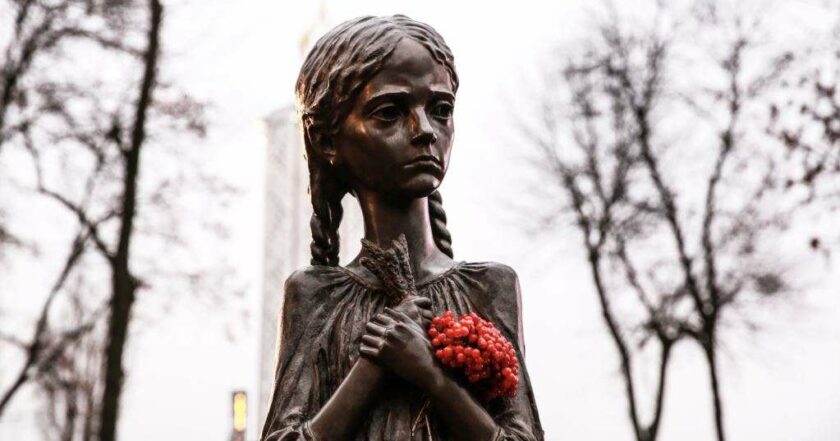
Holodomor Remembrance Day is marked annually on the fourth Saturday of November
In the 20th century, Ukrainians three times were subjected to a mass famine: in 1921-1923, 1932-1933, and 1946-1947. However, the Holodomor of 1932-1933 was the most devastating one – it has been recognized as the genocide of the Ukrainian people by Joseph Stalin's regime. Ukrainian peasants became victims of the Soviet government following full-out repression of the Ukrainian intelligentsia and clergy.
The mass famine in Ukraine was preceded by a number of events. On November 18, 1932, the Central Committee of the Communist Party of Ukraine issued a resolution "On Measures to Strengthen Grain Procurement," which provided for penalties for failing to comply with grain harvesting targets. Subsequently, the list of foods subject to expropriation was expanded to include potatoes and lard, and at the end of the year – long-term storage products. In addition, the resolution issued the same day "On liquidating counter-revolutionary cells and tackling the kulak groups" allowed authorities to seize bread from peasants accused of "counter-revolutionary crimes."
On November 26, the People's Commissar for Justice and the Prosecutor General of the Ukrainian SSR issued an order emphasizing that "repression is one of the powerful means of overcoming class resistance to grain procurement." Thus, the artificial famine became a thoroughly crafted and disguised punitive operation.
First of all, all grains the peasants had harvested was confiscated, then their food stocks were also seized through fines and raids. In December 1932, trade in food products was banned as such in 82 districts of Ukraine, while supplies of industrial goods also ceased. In early 1933, a ban on leaving the territory of starving Ukraine deprived peasants of their last hopes of salvation.
The famine terror that lasted in Ukraine for 22 months took lives of almost 4 million people.
For decades, the subject of the Holodomor has been tabooed. As long as the communist regime existed, even discussing the issue of famine of those years was strictly forbidden. Research into this tragedy began only in the late 1980s. Today in Ukraine, according to the law adopted on November 28, 2006, "On the Holodomor of 1932-1933 in Ukraine," the famine of 1932-1933 is regarded as an act of genocide of the Ukrainian people, while its public denial is recognized as an insult to the memory of millions of Holodomor victims, humiliation of dignity of the Ukrainian people, and deemed illegal. "
On December 7, 2016, Ukrainian lawmakers called on other states to recognize the Holodomor as genocide of the Ukrainian people. So far, 17 countries have done so. Another 10 countries have officially condemned the Holodomor as an act of extermination by the totalitarian Stalinist regime or commemorated its victims. In addition, the Holodomor of 1932-1933 in Ukraine was recognized as an act of genocide at the regional and municipal levels in eight countries.
National events dedicated to the Holodomor Remembrance Day will be held throughout Ukraine, including vigils, thematic scientific, media and art events, exhibitions, presentations of archived documents, photos, and videos. The State Flag shall be lowered to half-mast across Ukraine.
At 4:00 PM, Ukrainians light candles of remembrance in their homes and join a nationwide moment of silence.



